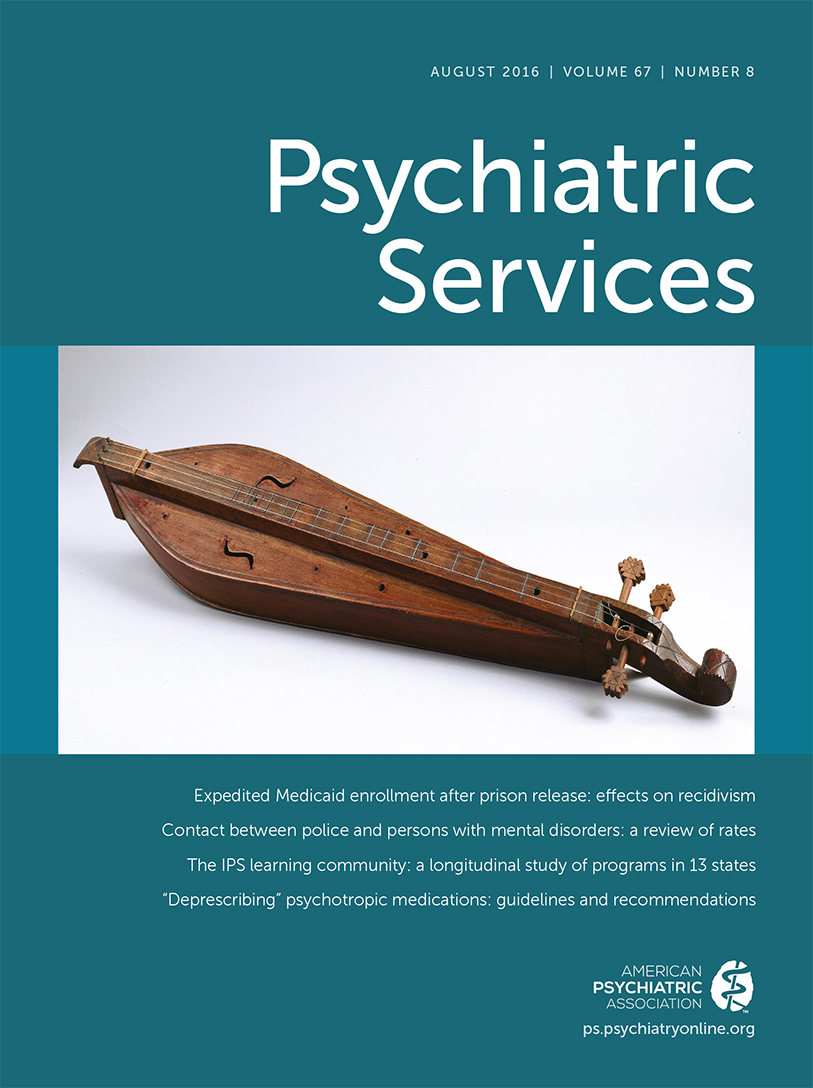Contact Between Police and People With Mental Disorders: A Review of Rates
Abstract
Objective:
There is widespread belief that people with mental disorders are overrepresented in police encounters. The prevalence of such interactions is used as evidence of extensive problems in our health care and social support systems. The goal of this study was to estimate the rates of police arrests among people with mental disorders, police involvement in pathways to mental health care, and police calls for service involving persons with mental disorders.
Methods:
A systematic review was performed with seven multidisciplinary databases. Additional studies were identified by reviewing the reference lists of all included records and by using the “related articles” and “cited articles” tools in the Web of Science database. Studies were included if they were published in peer-reviewed journals, reported primary research findings, and were written in English.
Results:
Eighty-five unique studies covering 329,461 cases met inclusion criteria. Data reported in 21 studies indicated that one in four people with mental disorders have histories of police arrest. Data from 48 studies indicated that about one in ten individuals have police involved in their pathway to mental health care. Data reported in 13 studies indicated that one in 100 police dispatches and encounters involve people with mental disorders.
Conclusions:
These estimates illuminate the magnitude of the issue and supply an empirically based reference point to scholars and practitioners in this area. The findings are useful for understanding how local trends regarding police involvement in the lives of people with mental disorders compare with rates in the broader research literature.



